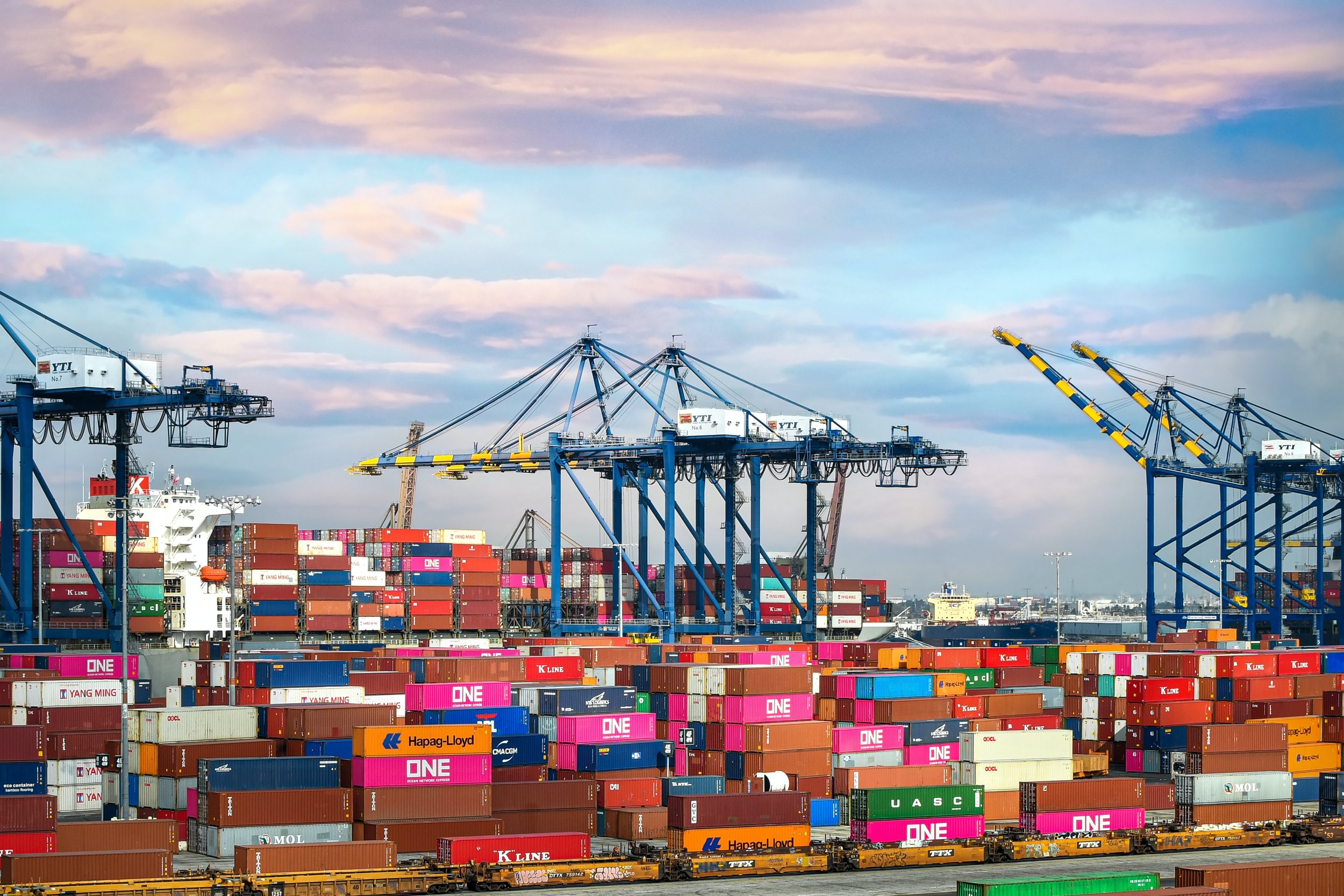
ESG Risk in Complex Supply Chains
“The greatest threat to future income is past externality - overuse of limited resources, pollution, inequitable work. To future-proof your enterprise you must manage your planetary debt.”
A universal truth is that debt always comes due. Much of today’s enterprise owes a debt to the climate, environment, and people through previous unsustainable practices. It’s time to stop running up more debt.
“You can’t change what you don’t measure”
The first step on any risk management journey is to measure your exposure. Often this focuses on direct operations, the “scope 1” of climate, environment, and social impacts. Yet, this is often just the tip of the risk iceberg. The most damaging impacts are often deeper in the supply chain, directly linked to demand that you create, yet out of sight and out of mind.
Practical step-by-step action
The shape of business cannot be changed overnight, yet the 2023 IPCC report is clear that we must make substantial progress this decade to avoid the worst impacts of global warming. The longer it takes, the higher the cost will be to future operations.
By following a series of practical steps, any enterprise can incrementally quantify risk and take direct mitigating action. Every enterprise can take action today to begin paying down their planetary debt.

“Shared Stewardship inspires and enables enterprises to efficiently manage climate, environment, and social risk to enable a sustainable future for everyone.”
— Nick Wise
Let us help you reduce your planetary debt starting today.
Shared Stewardship’s practical step-by-step process helps you take action today to protect tomorrow.



